
History often clouds the true story of America. Many widely held beliefs about early settlers, Native peoples, and daily life during the colonial period are inaccurate or oversimplified. These misconceptions have shaped what people think they know for centuries. Let’s uncover 10 surprising truths that challenge common ideas about life and settlement in America.
The Colonists Did Not All Live In Log Cabins
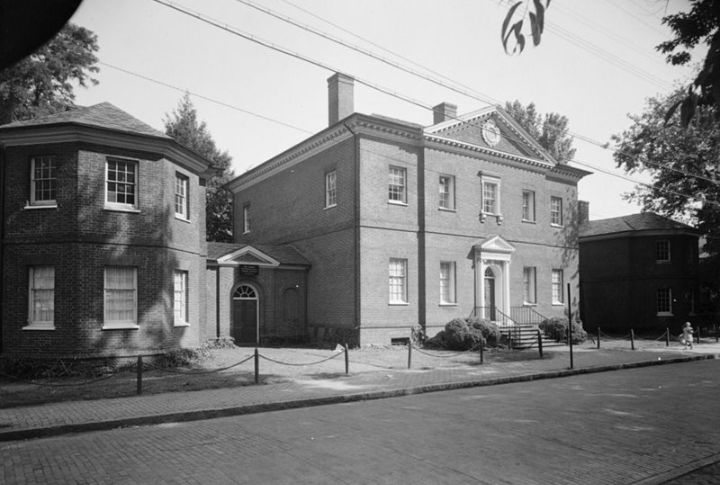
In cities like Boston and Philadelphia, many colonists lived in brick and stone homes. Meanwhile, wealthy settlers built large houses with several rooms, and rural farmers had timber-framed homes. Georgian-style houses, influenced by European design, became popular among the colonial elite and showed a wide variety of housing.
The Colonists Did Not Speak A Single Language
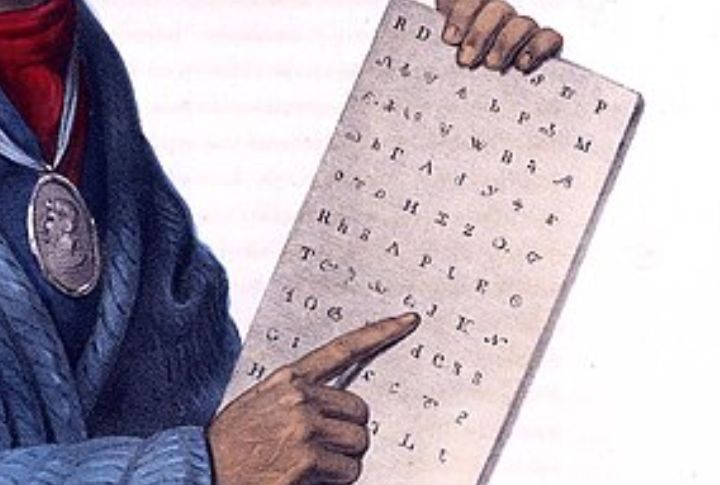
The idea that English was the sole language spoken in the colonies is a misconception. Immigrants came from many regions, including the Netherlands and Spain, each speaking languages like Dutch and Spanish. Native American tribes also spoke languages such as Algonquin and Cherokee, which influenced interactions and shaped colonial life.
Columbus Wasn’t The First To Reach America

Christopher Columbus didn’t discover America because he landed in the Caribbean, particularly on islands like present-day Hispaniola, instead of mainland North America. Indigenous peoples lived on the continent for thousands of years. Around 1000 AD, Viking explorer Leif Erikson reached Newfoundland in Canada, long before Columbus’s arrival.
The Pilgrims Did Not Land On Plymouth Rock

While the story of the Pilgrims landing on Plymouth Rock in 1620 is well-known, historical records don’t support this claim. The idea of the rock being their landing site only emerged in the 18th century, years after the event. In fact, no Pilgrim wrote about it, and other locations like Provincetown were also considered.
America Was Not Settled Solely For Religious Freedom
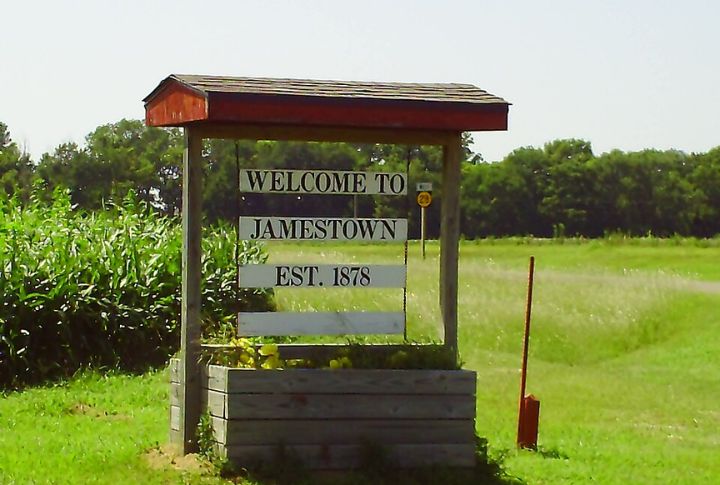
Settling America wasn’t solely about religious freedom. Many settlers, like those in Jamestown, came for economic reasons, such as land and profit. Even the Pilgrims, though motivated by religion, established a tightly controlled society where wealth and power played an important role in their success and survival.
The Colonists Did Not Live In Isolation From Indigenous Tribes

The idea that colonists lived in isolation from Native tribes is a misconception. Settlers and Native peoples interacted regularly, trading goods like furs and tobacco. They formed military alliances and occasionally engaged in conflicts. Indigenous tribes were essential to the colonists’ survival by sharing vital resources like food and medicine.
The First Thanksgiving Was About Survival, Not Celebration
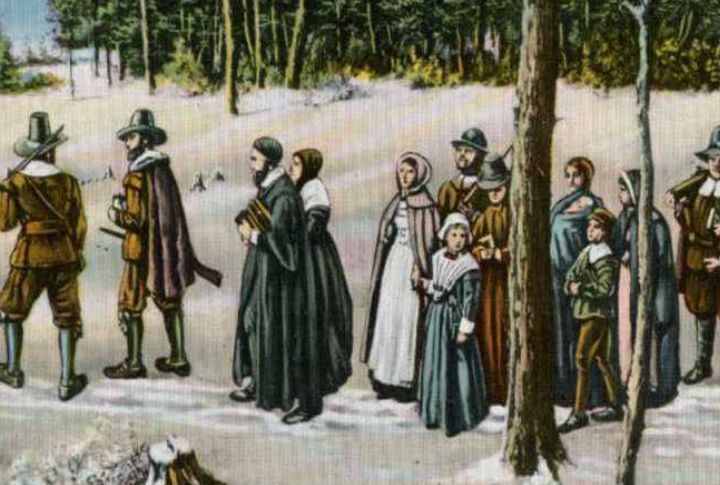
Contrary to popular belief, the First Thanksgiving wasn’t a harmonious event. While the Pilgrims and Wampanoag gathered to feast, their relationship was based on survival, not friendship. Tensions over land later caused conflict, and the tradition of Thanksgiving as a national holiday didn’t emerge until the 19th century.
The Colonists Did Not All Eat Bland Food
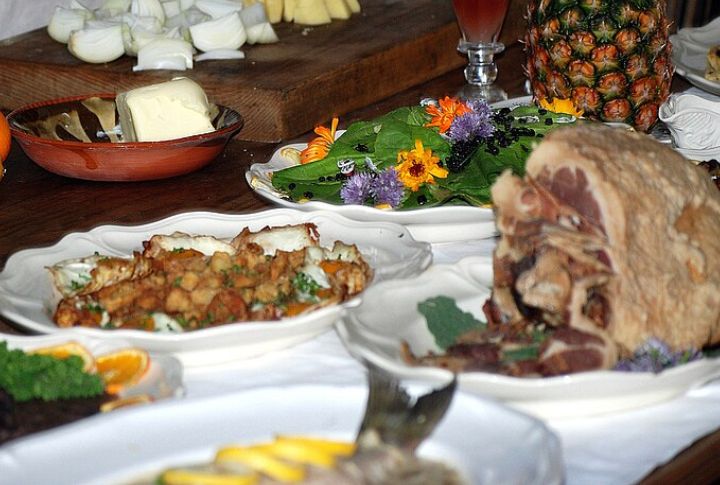
Colonial food was full of flavor and variety, combining local ingredients like corn and squash with Native American farming methods such as companion planting, which helped different crops grow better together. Settlers enhanced their meals with spices like nutmeg and pepper through methods like smoking. These practices show that colonial meals were far from bland.
The Colonists Did Not All Wear Black And White Clothing
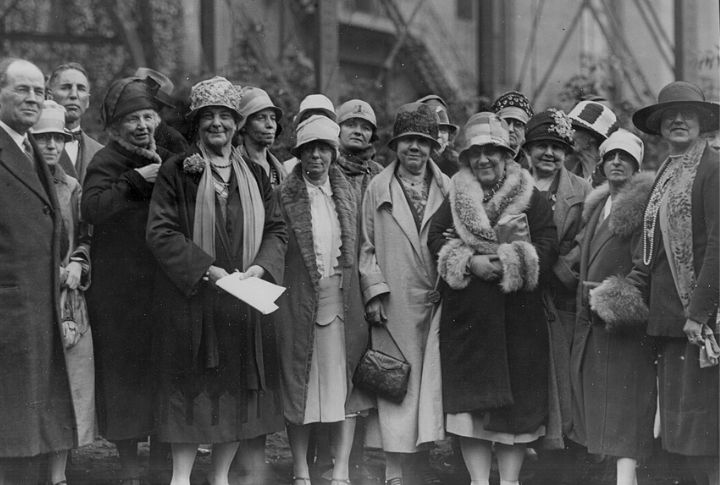
Colonial clothing featured vibrant colors like blue, red, and green, often dyed with natural materials or imported fabrics. Wealthy individuals wore intricate designs with embroidery and lace, while working-class settlers dressed in simpler styles. The black-and-white stereotype largely comes from Puritan communities but does not represent all colonists’ fashion choices.
Colonial Schools Were Not Just For Boys
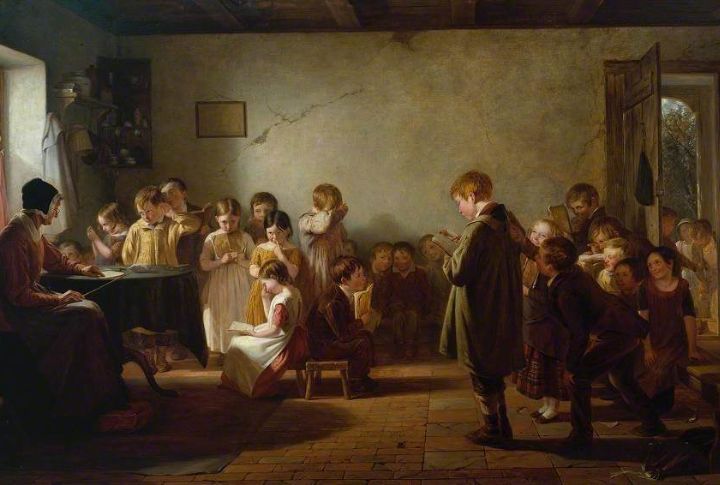
Some girls in colonial times attended Dame schools, where local women taught reading and writing. Additionally, wealthy families hired tutors or sent their daughters to special schools. Boys generally had more opportunities for formal education, but women like Phillis Wheatley proved that girls could be educated and even publish their work.

